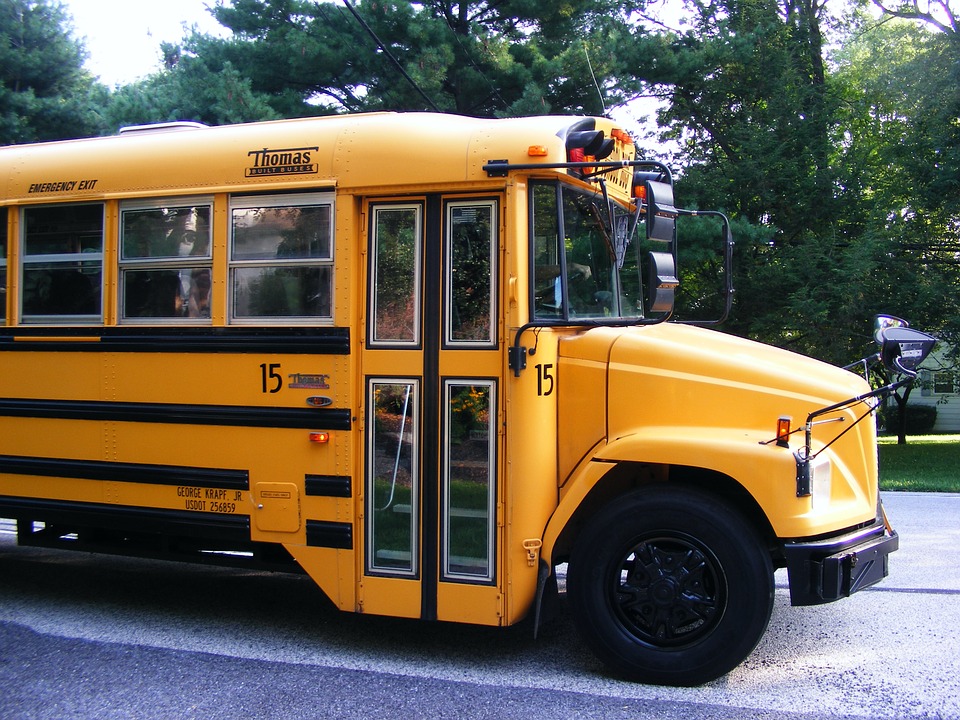83% Of Public Schools in State Met Expectations on Tests
State report card also shows 80% of private choice schools met expectations.
About 94 percent of Wisconsin public school districts met, exceeded or significantly exceeded state expectations for the 2022-23 school year, according to report cards released by state Department of Public Instruction Tuesday.
That’s down slightly from 95 percent in the 2021-22 school year.
Among districts receiving report card scores during the last two school years, 19 increased by one rating category compared to the prior year and 52 decreased by one rating category.
DPI provided report card scores for 2,098 individual public schools. Of those, 83 percent, or 1,601 met, exceeded, or significantly exceeded expectations.
The state report cards include data on multiple indicators for multiple school years across four priority areas: achievement, growth, target group outcomes, and on-track to graduation.
A district or school’s overall accountability score places it in one of five overall accountability ratings: Significantly Exceeds Expectations (five stars), Exceeds Expectations (four stars), Meets Expectations (three stars), Meets Few Expectations (two stars), and Fails to Meet Expectations (one star).
Report cards use data from up to three school years, including achievement data from 2020-21, 2021-22, and 2022-23. This is the first report card that does not include achievement data from assessments measured prior to the start of the COVID-19 pandemic.
Conservatives from the Institute for Reforming Government and the Wisconsin Institute for Law & Liberty questioned how 94 percent of public school districts could achieve three stars or above and not one school district in the state received a failing score.
“On national standardized tests, Wisconsin schools get average reading results for White and Hispanic students and bottom-dwelling scores for Black students,” said IRG Senior Research Director Quinton Klabon. “It seems DPI has set those expectations too low. While every child may not be in a 5-star school, every child deserves one.”
Will Flanders, research director with WILL said the report card needs to change so it can be reflective of what is happening across the state.
“While DPI may tout there has been an increase across the board, we still have districts like Milwaukee where proficiency rates are less than 20 percent and somehow that seems to be meeting expectations,” Flanders said.
More private schools scored this year
Significantly more private schools participating in a Private School Choice Program for 2022-23 were scored by DPI during the 2022-23 school year, compared to previous years.
Of the 405 private choice schools to receive ratings, 80 percent, or 136 schools met, exceeded, or significantly exceeded expectations.
Among private choice schools receiving a score for both 2022-23 and 2021-22, 26 increased in rating at least one category compared to the prior year, 48 decreased in rating at least one category, and 80 had no change in rating.
Fifty-eight percent, or 235 private choice schools, were unable to be scored due to insufficient data, including having a tested choice student population that is too small.
There were 391 report cards produced for private schools participating in a Wisconsin School Choice Program for 2021-22. But only a small fraction, 163 schools, were able to be scored. The remainder of the schools had student populations that were too small to meet the criteria.
Last year, a total of 142 (87 percent) private schools met, exceeded, or significantly exceeded expectations.
Chronic absenteeism continues to be an issue
Chronic absenteeism is another factor DPI looks at on the district report cards.
The state’s attendance rate reached a new low of 91 percent in the 2021-22 school year. Nearly a quarter of students at private and public schools missed at least a month of school.
Absenteeism numbers for the 2022-23 school year won’t be released until March 2024.
A student is considered chronically absent when they attend less than 90 percent of school days.
According to DPI, those numbers are in line with national trends. But chronic absenteeism has increased 13 percent from 2017-18 through 2019-20, and 16 percent increase from 2020-21.
“The DPI continues to work with schools, districts, and CESAs (Cooperative Educational Service Agencies) to support strategies to decrease chronic absenteeism rates,” the agency said in a statement. “In addition to providing school leaders with an awareness of effective strategies to improve positive conditions for engagement within the school, the DPI emphasizes the importance of collaboration between students, families, school leaders, and human services agencies.”
Assembly Speaker Robin Vos, R-Rochester, has created a truancy task force that is currently meeting with school districts across the state. The bi-partisan group will make recommendations to the Legislature at the end of the year.
DPI said it used federal pandemic relief funds to launch a program called ENGAGE Wisconsin to “re-engage chronically absent students through individual assessment and personalized coaching at no cost to districts.”
“Each community has differing challenges with school attendance, and regular meetings between local partners promote local solutions,” DPI said in a statement.
Public school district breakdown
The state’s three largest urban school districts, Milwaukee, Madison and Green Bay, each received three stars, meaning they “met expectations,” during the 2022-23 school year.
In Milwaukee Public Schools, proficiency in reading and math is up slightly. This year, 14.5 percent of students are proficient in reading and 9.6 percent are proficient in math, compared with 13.6 percent and 9.1 percent in the 2022-21 school year.
Eighty-two percent of MPS’s 67,495 students are considered economically disadvantaged.
In Madison Metropolitan School District, where 46 percent of its 25,237 students are considered economically disadvantaged, 41.4 percent are proficient in reading and 36.3 percent proficient in math.
The higher the rate of economically disadvantaged students the higher growth and achievement scores are rated, which is why MPS and MMSD are ranked the same, said Patrick Chambers, DPI’s Office of Educational Accountability.
About a quarter of students in Green Bay Area Public Schools are proficient in reading and math, according to state data.
The 10 highest-performing districts are:
- Whitefish Bay
- Fox Point-Bayside
- Swallow
- Cedarburg
- Hartland-Lakeside
- Merton
- Dover
- Lake Country
- Geneva
- Richmond
The 10 highest-performing schools are:
- Oshkosh: Accelerated Advanced Learning
- Kimberly: Woodland Intermediate
- Wauwatosa: Lincoln Elementary
- Appleton: Odyssey-Magellan
- Fox Point-Bayside: Stormonth Elementary
- Whitefish Bay: Whitefish Bay High
- Madison: Shorewood Hills Elementary
- Green Bay: Da Vinci For Gifted Learners
- Oconomowoc: Park Lawn Elementary
- Whitefish Bay: Richards Elementary
Editor’s note: This story will be updated
Majority of Wisconsin school districts meeting state expectations, according to new data was originally published by Wisconsin Public Radio.






















